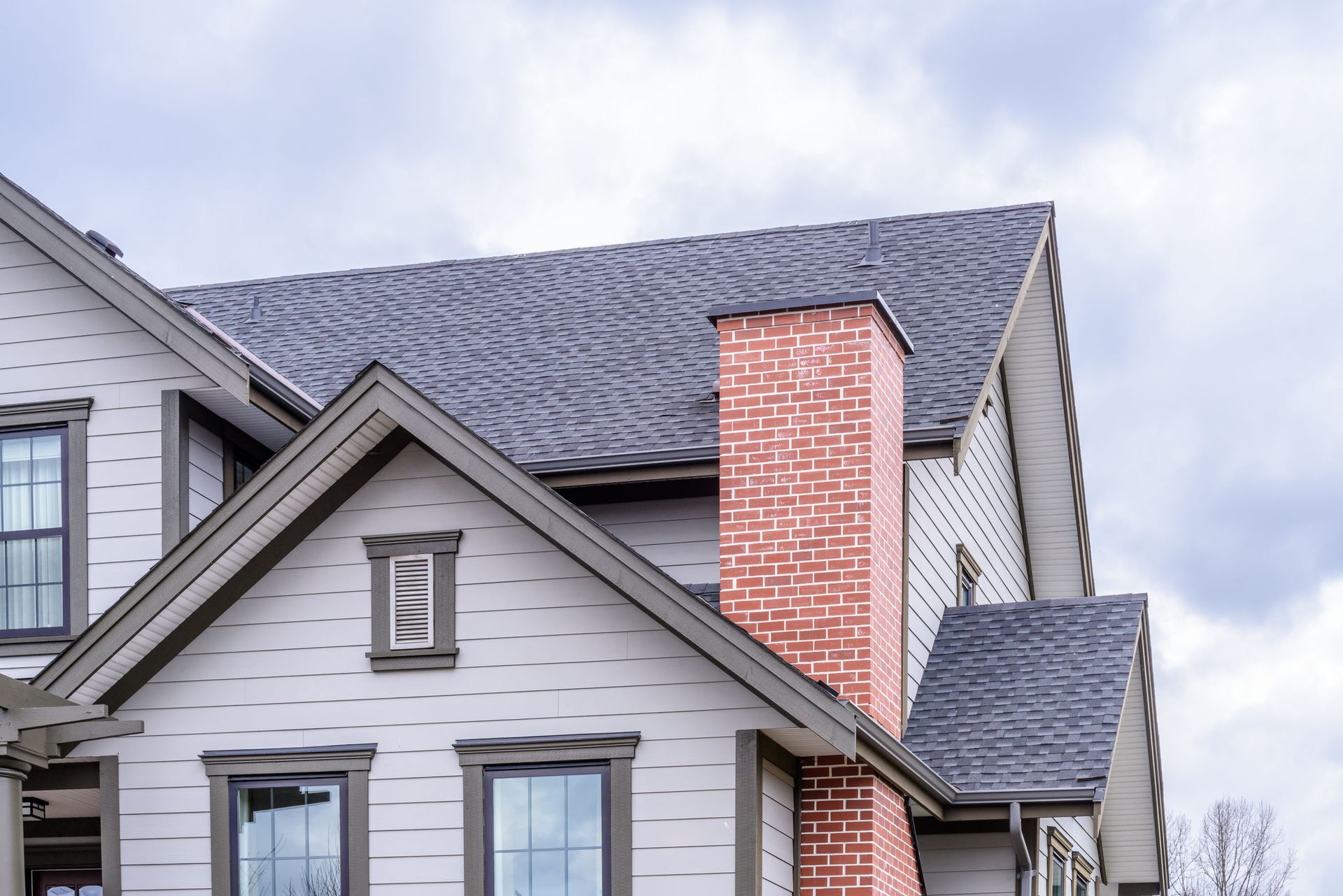How Home Builder Companies Choose the Right Materials for Every Project
The selection of materials in construction projects is critical for ensuring structural integrity, cost-effectiveness, and sustainability. Advances in the home building industry have significantly expanded the range of available materials, transforming the way home builder companies approach new projects. As technology and environmental considerations become more central, builders navigate a complex landscape of traditional and innovative materials. Focusing on the materials chosen can directly influence the project's outcome, impacting everything from aesthetics to energy efficiency. The process of selecting the right materials is an evolving aspect of construction that continues to adapt with technological advancements and sustainability goals.
Understanding Project Requirements
Structural Needs
Assessing structural needs is the foundational step in the material selection process. Home builder companies determine the load-bearing requirements and durability aspects needed for a specific project. This process involves a detailed understanding of engineering principles and practices. For instance, the amount of certain materials or items used can significantly alter a building's resilience and life span. According to LinkedIn, constructing a 1,200 square-foot home requires over 12,000 nails, which clients should expect their home builders to know. Builders achieve client satisfaction by ensuring their needs are met and any concerns are promptly addressed. A thorough assessment ensures that safety regulations are met and the building's structural integrity is maintained over time.
Aesthetic Goals
Aesthetic goals are another key consideration for builders when selecting materials. The choice of materials impacts the visual appeal and overall design of a home. Modern builders often balance contemporary design trends with traditional styles to create unique and attractive outcomes. The finish, color, and texture of materials like wood, stone, and glass all play crucial roles in shaping a building's appearance. Therefore, understanding the client's design vision is essential for making informed material choices that align with their aesthetic preferences.
Environmental Conditions
Environmental conditions are a significant factor in material selection. Builders consider climate impacts, such as humidity, temperature fluctuations, and exposure to natural elements when selecting materials. Choosing materials that withstand local environmental conditions ensures longevity and minimizes maintenance costs. For example, in coastal regions, using salt-resistant materials is vital to prevent corrosion. Evaluating these conditions ensures the building performs optimally throughout its lifespan.
Budget Constraints
Budget constraints are always a pivotal aspect of material selection. Home builder companies work within set financial limits to deliver cost-effective solutions without compromising quality. Each material has a different price point, and balancing these against the budget requires strategic planning. It is essential to find materials that meet the project's requirements within the available financial resources. This often involves making informed trade-offs between cost and material performance.
Researching Material Options
Material Properties
Analyzing material properties is crucial for understanding how different materials will perform in a building context. Properties such as strength, flexibility, and thermal conductance are significant factors that influence material choice. Builders rely on comprehensive material tests and specifications to evaluate these properties. A detailed analysis ensures that the chosen materials meet the functional and performance needs of the project. Understanding these properties also enables builders to anticipate how materials will interact with one another.
New Materials and Innovations
The exploration of new materials and innovations is transforming the home-building landscape. Technological advances have introduced materials that offer enhanced performance and sustainability benefits. For instance, composites and smart materials are gaining popularity due to their durability and adaptability. Builders are increasingly adopting these innovative materials to meet modern demands for high-performance structures. Staying informed about these developments allows builders to leverage new opportunities for creating more efficient and sustainable projects.
Supplier Offerings and Availability
Studying supplier offerings and availability helps builders make informed material choices based on market supply. Reliable suppliers provide quality materials that meet project demands. Builders need to assess the supply chain's robustness to avoid potential delays and cost overruns. Evaluating supplier track records and availability is essential for ensuring timely delivery and consistent material quality. By developing strong relationships with reputable suppliers, builders can secure the best materials for their projects.
Case Studies and Past Projects
Reviewing case studies and past projects provides valuable insights into the practical application of different materials. Builders can learn from previous successes and challenges faced in similar projects. Case studies often highlight innovative solutions and best practices that can be applied to future builds. These reviews also offer empirical evidence on the performance and durability of various materials. Drawn lessons can inform decision-making processes, reducing the risk of unforeseen issues during construction.
Prioritizing Sustainability and Energy Efficiency
Eco-friendly Materials
Incorporating eco-friendly materials is crucial for minimizing the environmental impact of construction projects. Home builder companies increasingly prioritize sustainable materials that offer reduced carbon footprints. These materials not only help in conserving natural resources but also improve a building's green credentials. Emphasizing sustainability in the construction phase can lead to significant long-term environmental benefits.
Energy Performance
Evaluating the energy performance of materials can greatly enhance a building's operational efficiency. Materials such as insulated concrete forms and double-glazed windows can significantly reduce energy consumption. Maximizing energy efficiency involves selecting materials that offer superior insulation and thermal properties. These choices can lead to lower energy bills and a reduced carbon footprint over the building's lifespan. Focusing on energy identity is an integral part of creating sustainable living spaces.
Lifecycle Impact
Understanding the lifecycle impact of materials involves evaluating their effect from extraction through to disposal. Builders need to assess not just the immediate benefits but the long-term environmental costs associated with a material. Materials with a minimal lifecycle impact reduce waste and pollution, aligning with broader sustainability goals. Lifecycle assessments help builders make more responsible material selections, ensuring environmental considerations are factored into economic decisions. Ultimately, this holistic view can lead to more sustainable and responsible building practices.
Balancing Cost-Effectiveness and Quality
Material Options
Conducting a cost analysis of material options is essential for balancing budget constraints with quality requirements. Builders need to evaluate a range of materials to identify those that offer the best value within the project's financial scope. This involves assessing upfront costs as well as long-term cost implications, such as maintenance and durability. The analysis should provide a comparative perspective that aligns with financial objectives without compromising performance. By understanding cost dynamics, builders can make informed and strategic purchasing decisions.
Quality Assurance and Testing
Quality assurance and testing are critical for ensuring the materials chosen meet the required standards and specifications. Home builder companies utilize a range of tests to verify the reliability and durability of materials before incorporating them into projects. Regular quality checks throughout the project lifecycle ensure materials continue to meet required performance benchmarks. Third-party certification and independent testing provide additional integrity to the quality assurance process. By maintaining rigorous testing regimes, builders protect the investment and value of the project.
Supplier Reliability
Evaluating supplier reliability is key to ensuring a consistent supply of quality materials. Builders rely on trustworthy suppliers that can provide timely deliveries aligned with project schedules. A supplier's track record is assessed through criteria such as delivery punctuality, past partnership experiences, and product range diversity. Building relationships with reliable suppliers helps mitigate risks associated with delays and shortages. Supplier evaluations foster partnerships that support the successful and timely completion of construction projects.
The comprehensive approach to material selection is vital for ensuring successful home-building projects. By considering structural, aesthetic, environmental, and financial factors, builders can make informed decisions that balance quality with cost-effectiveness. Ongoing innovations in materials and technology provide promising avenues for sustainability and efficiency within the industry. As the construction landscape continues to evolve, home builder companies remain adaptable and informed to meet emerging challenges and opportunities. Contact Grand Vision Homes today to work with home builders who choose the right material for sustainable, resilient, and future-ready building.




Share On: